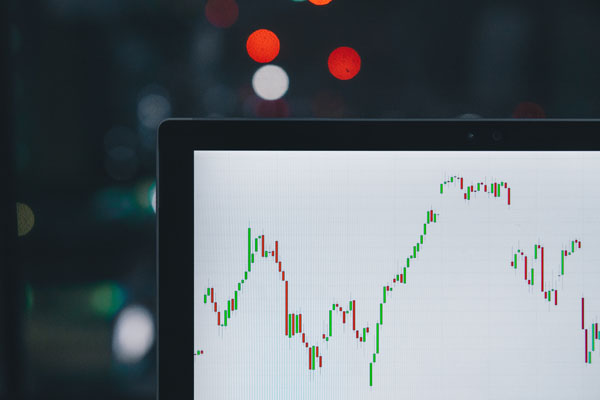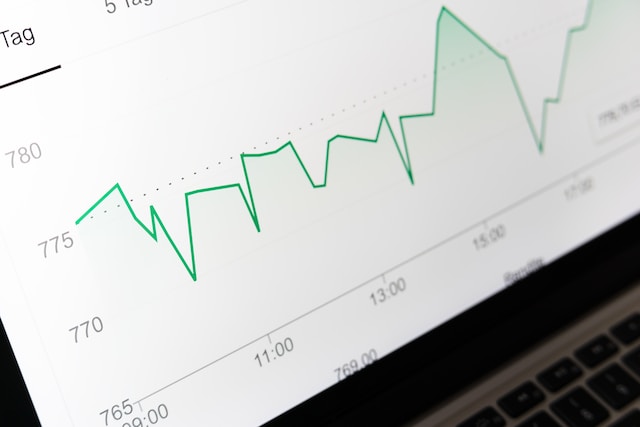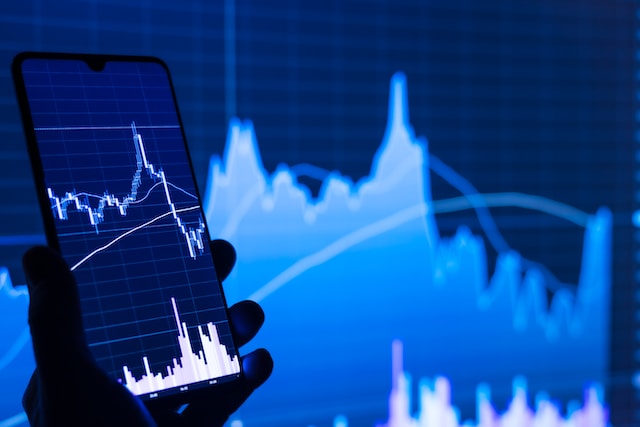Trading Technologies: A Beginner’s Guide to Navigating the World of Financial Markets
Introduction:
Welcome to my personal blog! As an avid trader and technology enthusiast, I am thrilled to share my knowledge and experiences with you in this beginner’s guide to trading technologies. Whether you are a complete novice or have some background in trading, this guide aims to provide you with a comprehensive understanding of the tools and technologies that drive the financial markets. So, buckle up and let’s dive into the exciting world of trading technologies!
1. Understanding the Basics:
Before we delve into the intricacies of trading technologies, it’s essential to grasp the fundamental concepts of trading itself. Trading refers to the buying and selling of financial instruments, such as stocks, bonds, commodities, or currencies, with the intention of making a profit. It involves analyzing market trends, identifying opportunities, and executing trades at the right time.
2. The Role of Technology:
In recent years, technology has revolutionized the way trading is conducted. Gone are the days of crowded trading floors and frantic phone calls. Today, traders rely on advanced software, algorithms, and high-speed internet connections to execute trades swiftly and efficiently. These technological advancements have democratized trading, making it accessible to individuals from all walks of life.
3. Trading Platforms:
A trading platform is a software application that allows traders to access financial markets and execute trades. These platforms provide real-time market data, charts, and analytical tools to help traders make informed decisions. Some popular trading platforms include MetaTrader, NinjaTrader, and Thinkorswim. It’s crucial to choose a platform that aligns with your trading goals and preferences.
4. Market Data and Analysis:
Accurate and up-to-date market data is the lifeblood of successful trading. Market data includes price quotes, volume, and other relevant information about financial instruments. Traders use this data to analyze market trends, identify patterns, and make informed trading decisions. Several websites and platforms offer free or paid access to market data, such as Yahoo Finance, Bloomberg, or TradingView.
5. Technical Analysis:
Technical analysis is a popular trading approach that involves analyzing historical price data and using various indicators to predict future price movements. Traders use chart patterns, trend lines, moving averages, and oscillators to identify potential buying or selling opportunities. Learning the basics of technical analysis can significantly enhance your trading skills.
6. Algorithmic Trading:
Algorithmic trading, also known as automated trading or algo-trading, relies on computer algorithms to execute trades based on predefined rules and parameters. This technology-driven approach eliminates human emotions and ensures faster execution. Algorithmic trading requires programming skills and access to specialized software or platforms like MetaTrader or Interactive Brokers.
7. Risk Management:
Trading involves inherent risks, and managing these risks is crucial for long-term success. Risk management techniques, such as setting stop-loss orders, diversifying your portfolio, and limiting your exposure to a single trade, can help mitigate potential losses. Additionally, using risk management tools provided by trading platforms can add an extra layer of protection to your trades.
8. Education and Continuous Learning:
Trading technologies are constantly evolving, and it’s essential to stay updated with the latest developments. Engaging in continuous learning through books, online courses, webinars, and forums can enhance your trading skills and keep you ahead of the curve. Additionally, surrounding yourself with a community of like-minded traders can provide valuable insights and support.
Conclusion:
Congratulations on completing this beginner’s guide to trading technologies! We have covered the basics of trading, explored various trading platforms, discussed market analysis techniques, and touched upon risk management. Remember, trading requires discipline, patience, and continuous learning. Embrace the world of trading technologies, and let your journey towards financial independence begin!
Disclaimer: The information provided in this blog is for educational purposes only and should not be considered financial advice. Always conduct thorough research and consult with a qualified financial advisor before making any investment decisions.




